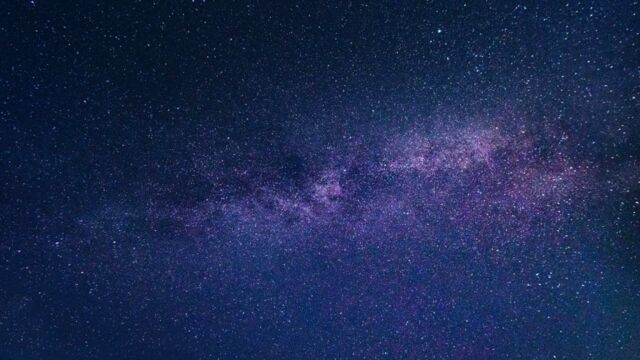Every year, CPRE, the countryside charity, conducts a citizen science count in the UK that allows people to register thenumber of stars they saw in the sky. This year the nationwide count took place between 6 and 14 February, and around 8,000 counts were submitted.
Discover our latest podcast
Decrease in light pollution
The statistics indicated that due to a decrease in human activity, light pollution had simultaneously reduced as well, and as a result, people are now able to see more stars in the sky than before.
In 2020, 61% of their counters recorded ten stars or fewer, but this year that percentage significantly declined by 10%. This means that a higher percentage of people were able to count more stars in the sky. In fact, 5% of their counters registered thirty or more stars, and this is the highest number since 2013.
CPRE Chief Executive, Crispin Truman stated that this was definitely a positive consequence of the lockdown, and he hopes that the skies will remain dark even when the lockdown comes to an end. He said:
Looking up at a starry night sky is a magical sight and one that we believe everyone should be able to experience, wherever they live. And the great thing is, light pollution is one of the easiest kinds of pollution to reverse – by ensuring well-designed lighting is used only where and when needed, and that there is strong national and local government policy.
Impact of light pollution
Not only does light pollution take away the beauty of the night sky, it can also impact human health, disrupt ecosystems, and threaten the natural cycles of many animals. So, for wildlife to flourish, dark skies need to be presevered.
According to the Director of the International Dark-Sky Association, the first step to protecting the dark skies, is promoting awareness. He noted:
As realisation turns to action, we look forward to working with CPRE to bring attention and resources to tackling night blight, bringing dark skies to more of the UK.















